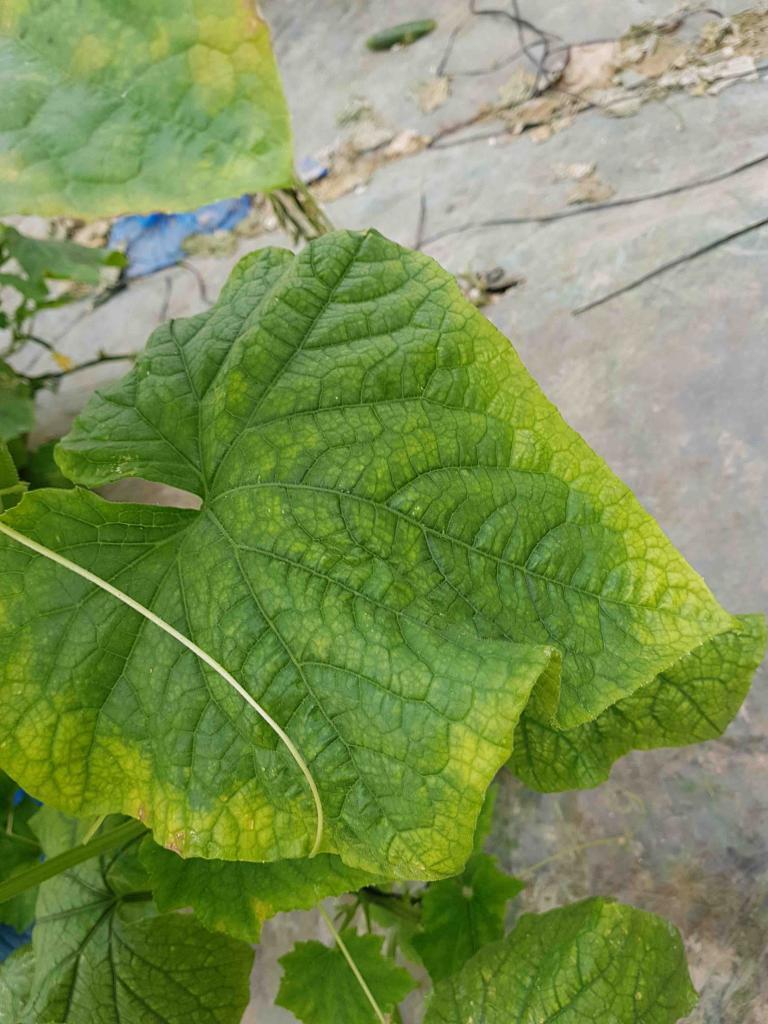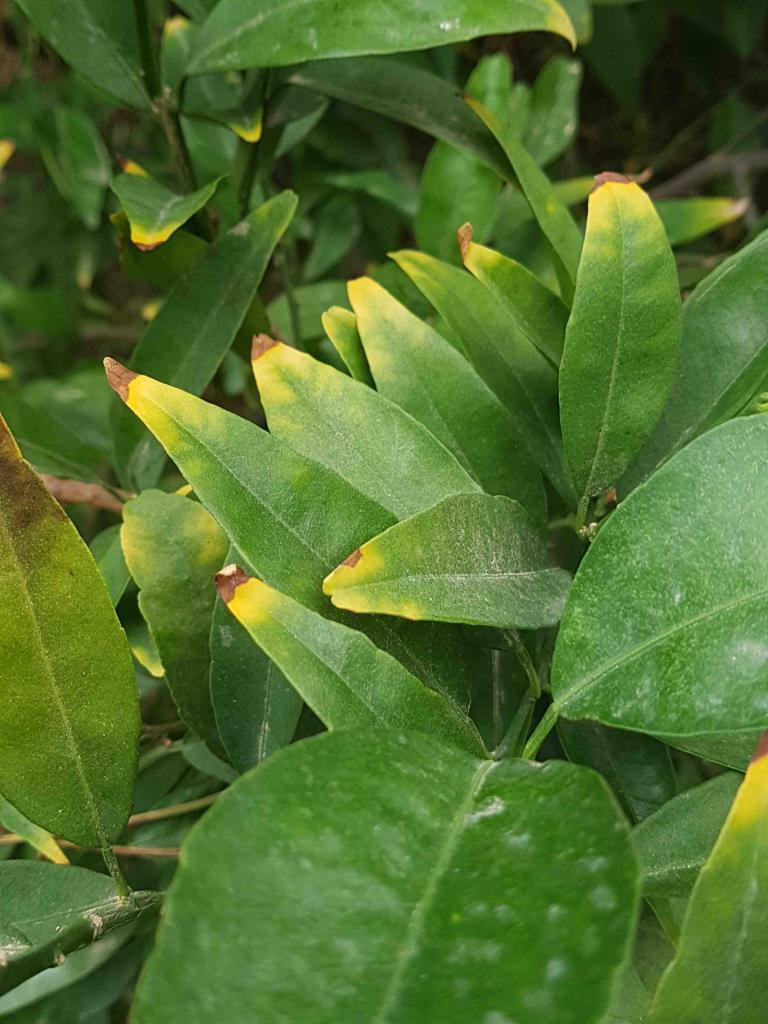Salinity
Toxic levels of sodium chloride (table salt) cause salt damage to crops. High concentrations of sodium chloride can have a devastating impact on seed germination and create osmotic stress causing plants to become water deficit. High concentrations of sodium chloride can also cause ion imbalances and toxicity that is seen on older leaves as burned tips, which can develop into more extended necrosis.
First line of defense is prevention: Check the level of salts in the designated soil before planting. Plan in advance, taking into account crop susceptibility to sodium chloride, soil structure and characteristics, and the quality of your water source. If necessary, initiate preventive measures that can improve overall drainage or initiate several preplanting, high volume irrigation executions in order to wash and push aside salts.
*Names marked in red are considered to be highly poisonous to beneficial insects.
*Names marked in green are considered to be organic and IPM (integrated pest management) compatible.
Image Gallery


